Mikhail Tal and the Art of 'Ghost Creation'
13-year-old IM Aditya Mittal of Mumbai, Maharashtra discusses 'The Magician of Riga' Mikhail Tal's brilliant game against Aleksandrs Koblencs. It was played in Riga 1957. Aditya carefully annotates all brilliant ideas and intricacies of Tal's moves. He also explains how he sometimes went for aesthetically pleasing moves and ideas instead of the most immediate and direct wins. It's a pleasure to read about one of the greatest attackers that chess has ever seen through the prism one of the biggest talents of Indian chess! The young IM exclaims the fact that Tal almost always had the perfect intuition and imagination, which allowed him to play fearlessly. Check out the comprehensive annotated game of Tal by Aditya Mittal | Photo: Pinterest
'The Magician of Riga'

Such was the dominance of Mikhail Tal in the 1960's that if he sacrificed a piece for the initiative, the player sitting opposite to him would mentally collapse already. After all, if his play confounds engines till date, what can you expect from his opponents? They were just mere mortals in front of the Magician from Riga.
Tal's attacking abilities and sacrifices are not perfect, everyone knows that. If we take some of his best games and check it with engines, we can still find many mistakes. But during the game, at the moment, to fend off the weight of such an incredible assault... few can manage. The psychological pressure created by Tal on his opponents, along with his brilliant feel of the initiative, was the main basis of his unbelievable sacrificial attacks we all are so familiar with.
Defending an attack on your king can be very difficult. Your calculation needs to be much more accurate playing in defense than while playing in attack as one mistake can easily be the last one. Tal knew this very well and therefore used practical aspects of decision making very well as he forced his opponents to take tough decisions one after another.
He knew the art of 'ghost creation'.
It's been a long break from blogging for me, and what better way to come back than a Mikhail Tal masterpiece? Let's delve straight into the fantasy of this extra-ordinarily crazy game!
Mikhail Tal - Aleksandrs Koblencs, Riga 1957
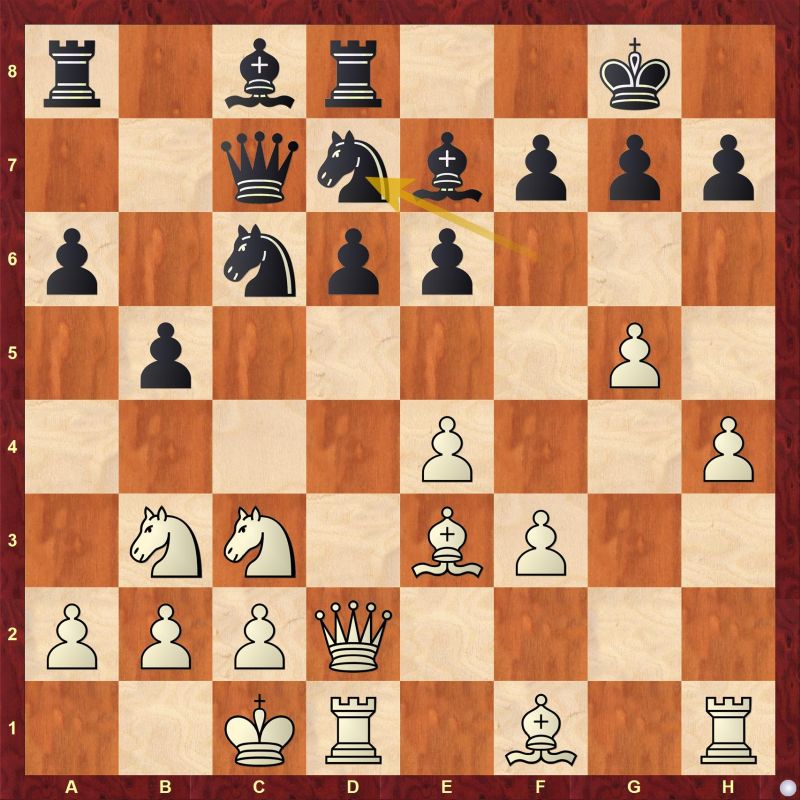
A typical Classical Sicilian, an opposite side castling middle game with both sides ready to throw their pawns at each other's kings. Here, Tal went for 15.g6! opening up lines against the opponent's king. This is very well known typical pattern, where White lures one of Black's pawns to g6 in order to then play h5 and forcefully open the kingside.
Koblents replied with 15...hxg6 (15...fxg6! is better but after 16.h5 gxh5 17.Rxh5 Ng6 18.Rg5 White still has the initiative and strong compensation for the pawn and we reach the following position after 16.h5 gxh5 17.Rxh5 Nf6 18.Rh1 d5
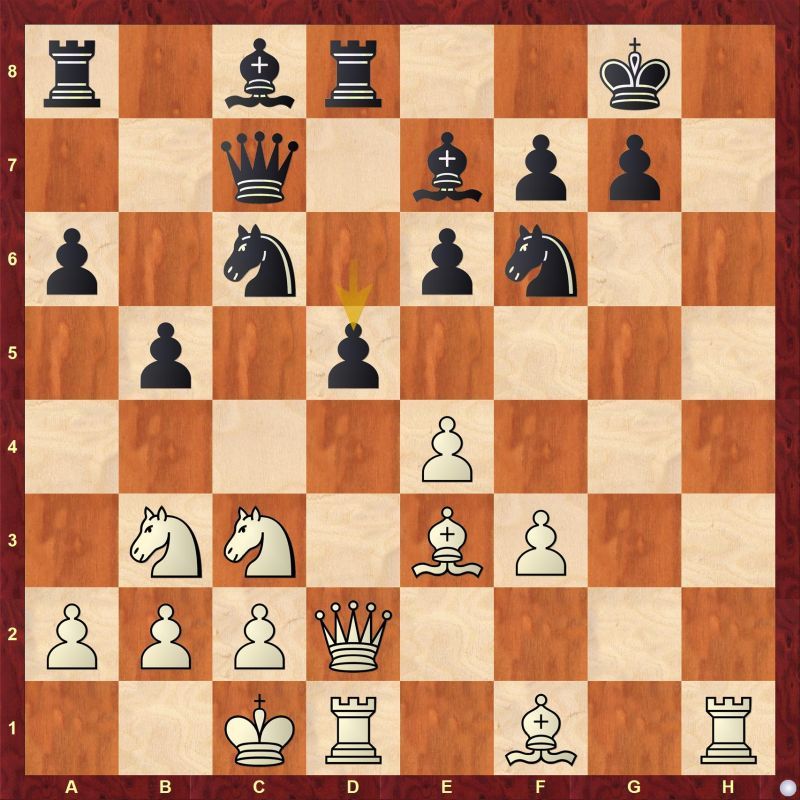
Here Tal went for the bold 19.e5!? (stronger was 19.Bf4! Bd6 20.Bxd6 Qxd6 21.f4 with a big attack) and after 19...Nxe5 (19...Qxe5? 20.Bf4 Qf5 21.Bd3 traps the queen!) he went 20.Bf4? (the correct way was the direct 20.Qh2! Kf8 21.Qh8 Ng8 22.Bd4 and Black has a very tough defensive task ahead of him) 20...Bd6 21.Qh2 Kf8 (probably even simpler was 21...Ng6! 22.Bxd6 Qxd6) 22.Qh8 and here is a very critical moment...
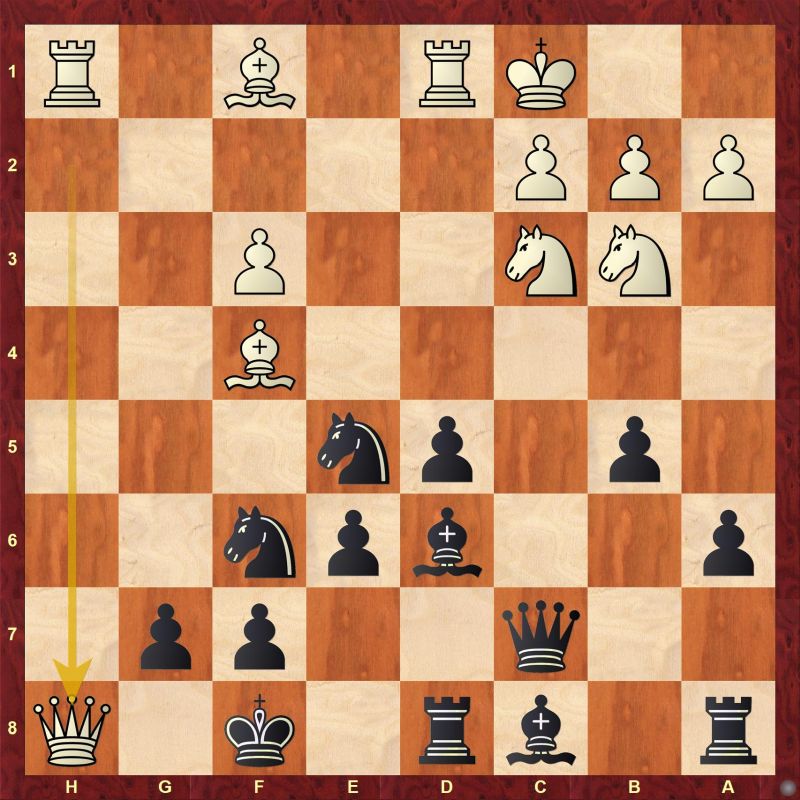
Here Black had a very simple solution at his disposal: 22...Ke7! White has to retreat his queen back, the point being that 23.Qxg7 is met with 23...Rg8 24.Qh6 Nd3+! and Black wins. So White is forced to go back 23.Qh3 and then after simply 23...Bd7 Black is a healthy two pawns up without too much problems with his king.
This is what I mean by 'ghost creation'. When Tal would attack, people would get afraid of ghosts and defend very passively like it happened in the game 22...Ng8? Chicken Psychology! And now is when Tal begins to show his true colours 23.Rh7! f5 24.Bh6! taking advantage of the pins.. everyone is ganging up on the poor g7 pawn! After 24...Rd7 we reach the following position
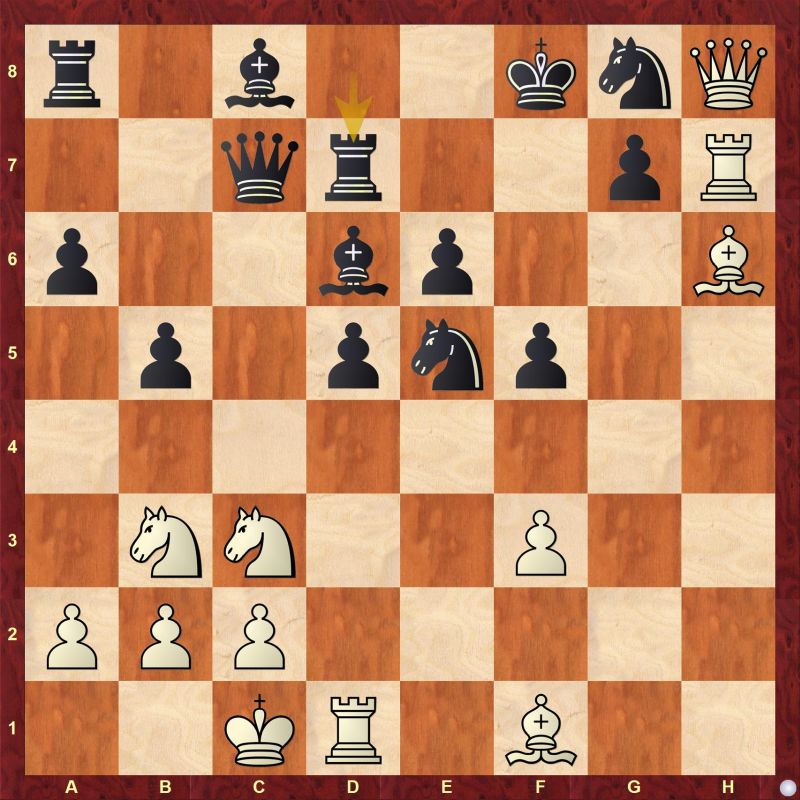
If you had a brief look on the above diagram you know the answer already. 25.Bxb5!! There weren't enough pieces to break down the defense on g7 so Rg1 is coming as well!
What is the best defense for Black? In the game 25...Rf7 was played but the strongest move was 25...Ng6! Well done if you found this counterattacking move! The point is that after 26.Bxd7? Bf4! (and not 26...Nxh8? 27.Bxg7) 27.Kb1 Bxh6 Black wins.
Analysis

26.Nd4!! with the idea of forking Black's king and queen! It is such kind of games that make you simply love chess, so amazing! Black should play 26...Nxh8 after 27.Nxe6+ Kf7 28.Nxc7 Rxc7 29.Rxg7+ Kf8 31.Rxc7 Nxh6 32.Bc6 Rb8 33.Ra7 White has a much better but not winning endgame.
But the main question is what after 26...Re7!? Black simply defends the threat on his queen and once again White's queen is en-prise but.... 27.Bxg7! Rxg7 and now comes the absolute shocker, one of the crazier chess moves I've ever seen...
Analysis
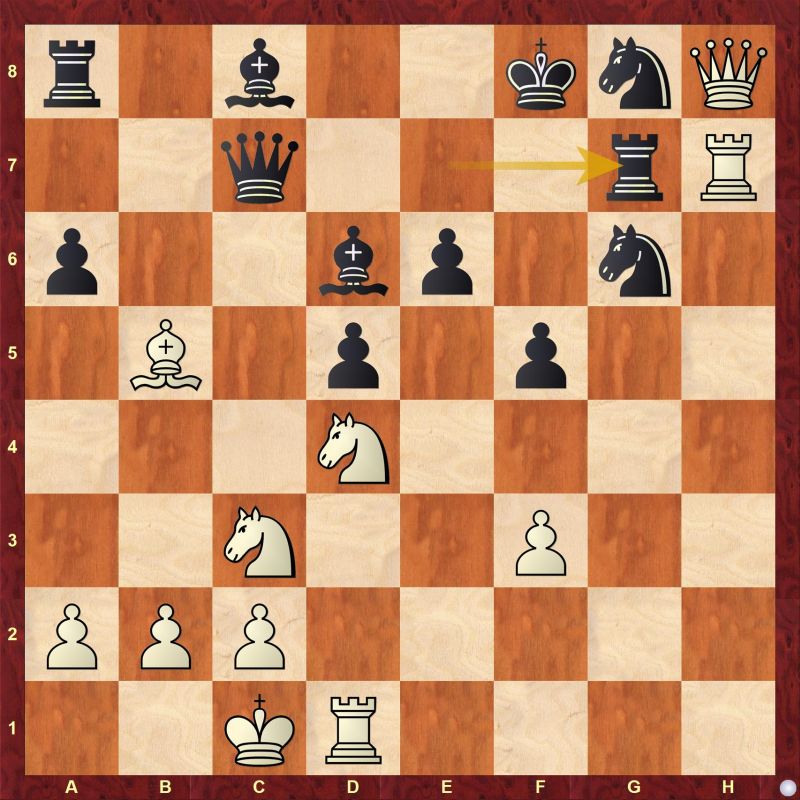
28.Bd7!!! renewing the threat of the fork and causing a whole lot of disturbance in the opponent's camp. 28...Qxd7 is forced and after 29.Nxe6+ Qxe6 30.Qxg7+Ke8 31.Nxd5 White's attack is too frightening.
But we've come a little too far haven't we? In the game, after 25...Rf7 26.Rg1 Ra7 we reach the following position
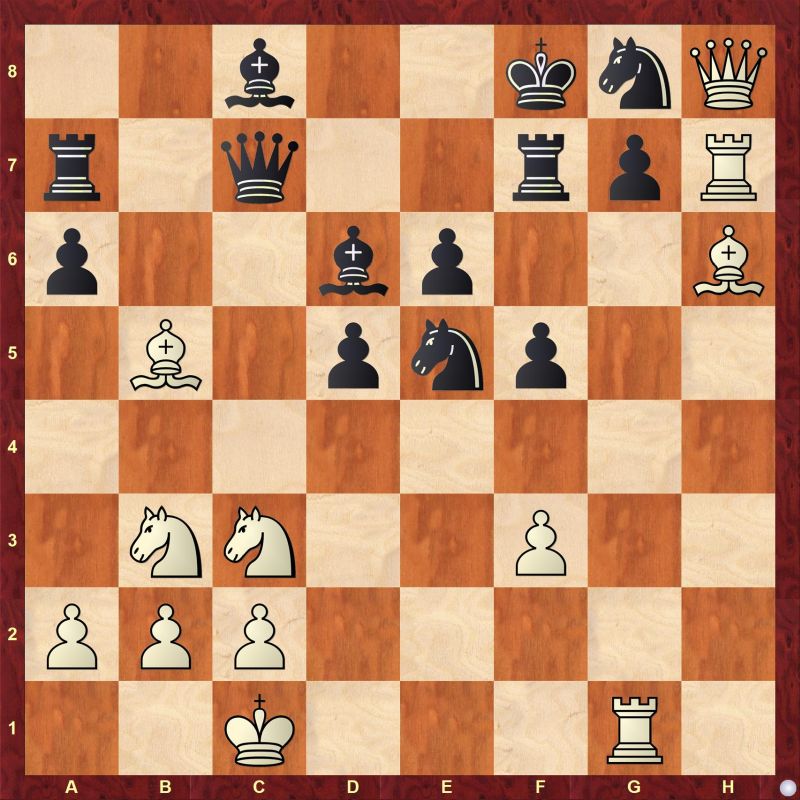
Tal went for the human 27.Nd4?! here. Can you do better?
The way to win for White is 27.Bxa6!! with the idea that after 27...Bxa6 White gets 28.Nd4! with a tempo! threatening a fork on e6. After 28...Bc8 29.Ndb5 White is completely winning as he gets the g7 pawn by force.
Black's best defense is 27...Ng4! with the idea of 28.fxg4 Qb6! counterplay! But instead White should play 28.Bxg7! Rxg7 29.Rxg7 Qxg7 30.Qxg7 Rxg7 31.Bxc8 with a completely winning endgame for White.
In the game after 27.Nd4 Black went for 27...Ng4! but after 28.fxg4 erred with 28...Be5?
A stronger and more stubborn defense would have been 28...Bf4! 29.Kb1! Bxh6 30.gxf5 (30.g5 Bxg5 31.Rxg5 Qf4! and now the brilliant and counter-attacking 32...Qh2! complicates the game a lot and the position is very unclear. But in the game 28...Be5? happened and here is another chance for you to play better than Mikhail Tal
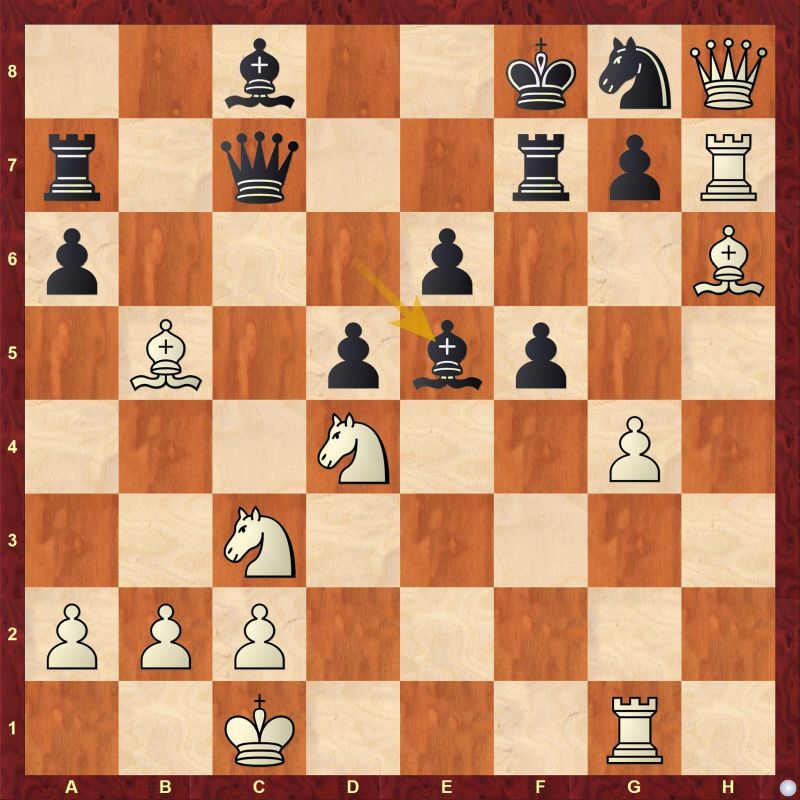
White should play 29.Nf3!! with the neat point being if something like 29...axb5 White plays 30.Nh4! and Ng6 cannot be stopped, then White will collect the g8 knight. White is completely winning!
In the game Tal played 29.Nc6? after which Koblencs had the opportunity to be back in the game with 29...axb5! 30.Nxe5! Qxe5 31.Rf1!! some of these moves go seem like bouncer balls. What exactly is going on?? Now White wants to play Bf4 followed by Bd6! The engine gives a clear advantage to White but this is anything but clear
Anyways in the game 29...Bxc3? was played and here 30.bxc3 axb5 31.gxf5 should be simple but Tal staying true to his style went for 30.Be3!? d4 31.Rgh1! threatening Qxg8 followed by Rh8 mate! This is still winning but it's not the right way. We shouldn't play for beauty only but if there is a simple way to finish the game objectively just go for it! In many Tal games we see this pattern that he had a simple solution but went for a more elegant finish which is good for spectators but not exactly the best way to play.
Moving forward, Black played 31...Rd7 and we reach the following position
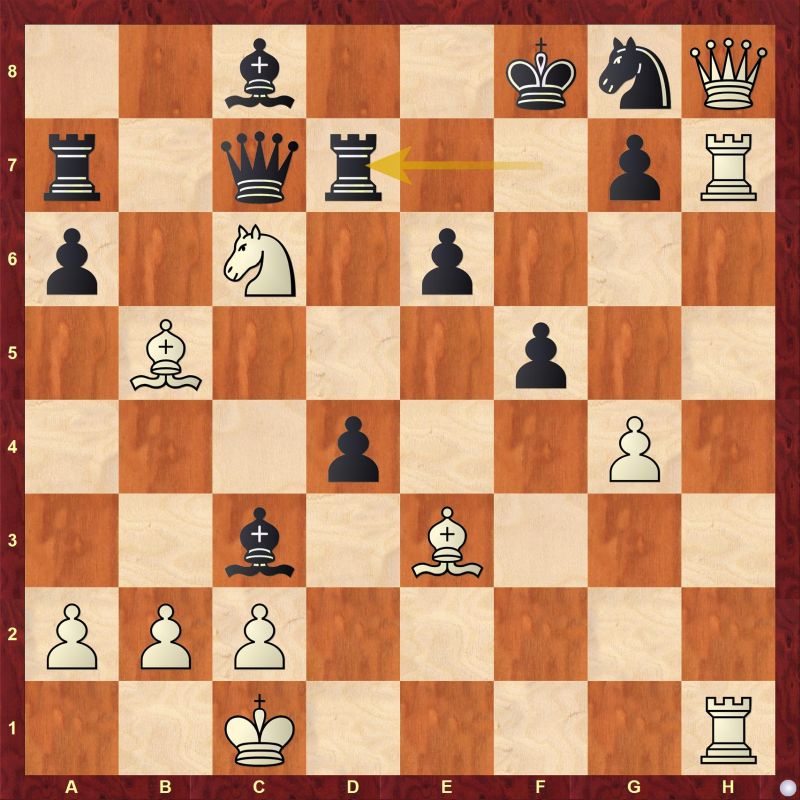
Once again Tal unnecessarily looked for beauty here, and went 32.Bg5? Much simpler was 32.gxf5! and 32...exf5 is met with 33.Qxg8! Kxg8 34.Bc4 and mate is coming. If Black goes 32...Qg3, White can calmly play 33.R7h3! followed by taking on e6.
Of course, if 32...dxe3 33.fxe6 seals the deal.
And if he really was looking for elegance, also winning was 32.g5! with the idea being to push g6, take away f7 square from the king, and threaten Qxg8-Rh8 mate! 32...Qg3 33.g6 Qxg6 34.Ne5 and White wins.
Tal did play a handful of mistakes in this game, but still that does not take away the brilliance of his feel for the initiative and strong mental resolve to be able to sacrifice pieces on like every move! After 32.Bg5 axb5 33.R1h6!! we reach this beautiful position with White's pieces all placed in the corner breathing fire down Black's poor monarch.
Caution! The following position will spin your head!
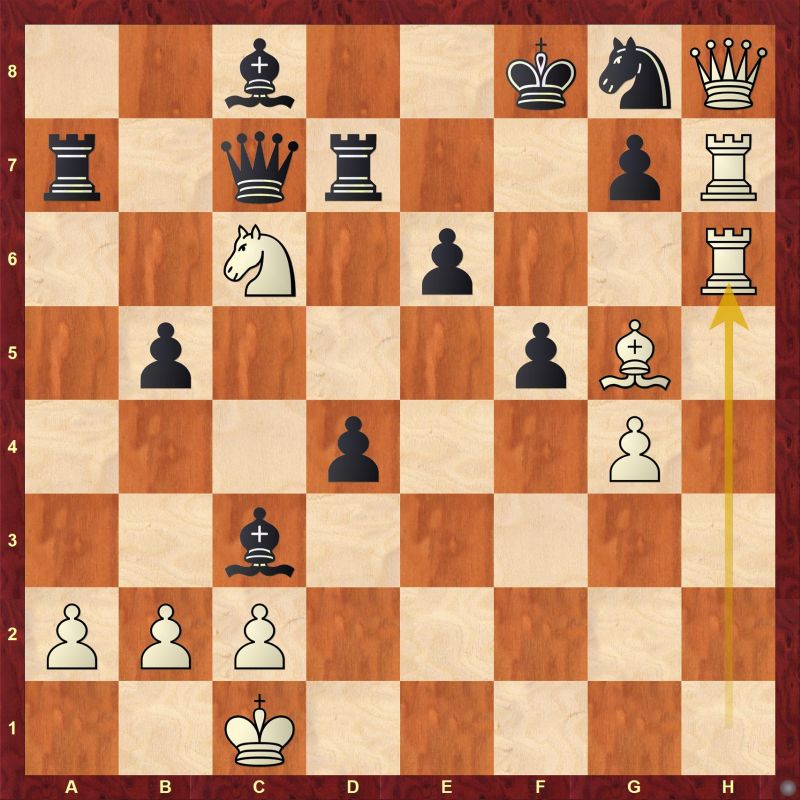
In this position Koblencs played the decisive mistake 33...d3? and after 34.bxc3 d2 35.Kd1 Qxc6 Tal unleashed 36.Rf6+!! if 36...gxf6, then 37.Bh6+ Rg7 38.Bxg7+ Ke7 39.Bxf6+ Kd6 40.Be5+ followed by picking up the rook on a7. White is completely winning.
Instead Black played 36...Rf7 and after 37.Qxg7+! finally decided to throw in the towel. What a game. What a fight! Many mistakes, but an exemplary game of what the opposite side castling middle game really is. One tempo. Just one. That's all that matters.
And what to say about Tal? Only he knew what kind of fantasy and crazy imagination was going on inside his head. Oh yeah, probably god knew too. But coming back, what is the saving defense for Black in the above position? 33...Qxc6! 34.Rf6! gxf6 35.Bh6 Rg7 36.Bxg7 Ke7 37.Bxf6 (38.Qxg8 Bxb2+!) 37...Kd6 38.Be5 Kd5 39.Rxa7 Black's king is out in the open but the point here is that... 39...Bxb2+! and Black holds the position due to perpetual check! 40.Kxb2 (40.Kb1 Qc3 doesn't help) 40...Qc3+ 41.Kb1 Qe1=
I hope you enjoyed going through this game as much as I enjoyed analyzing it! See you in the next post!
About the Author
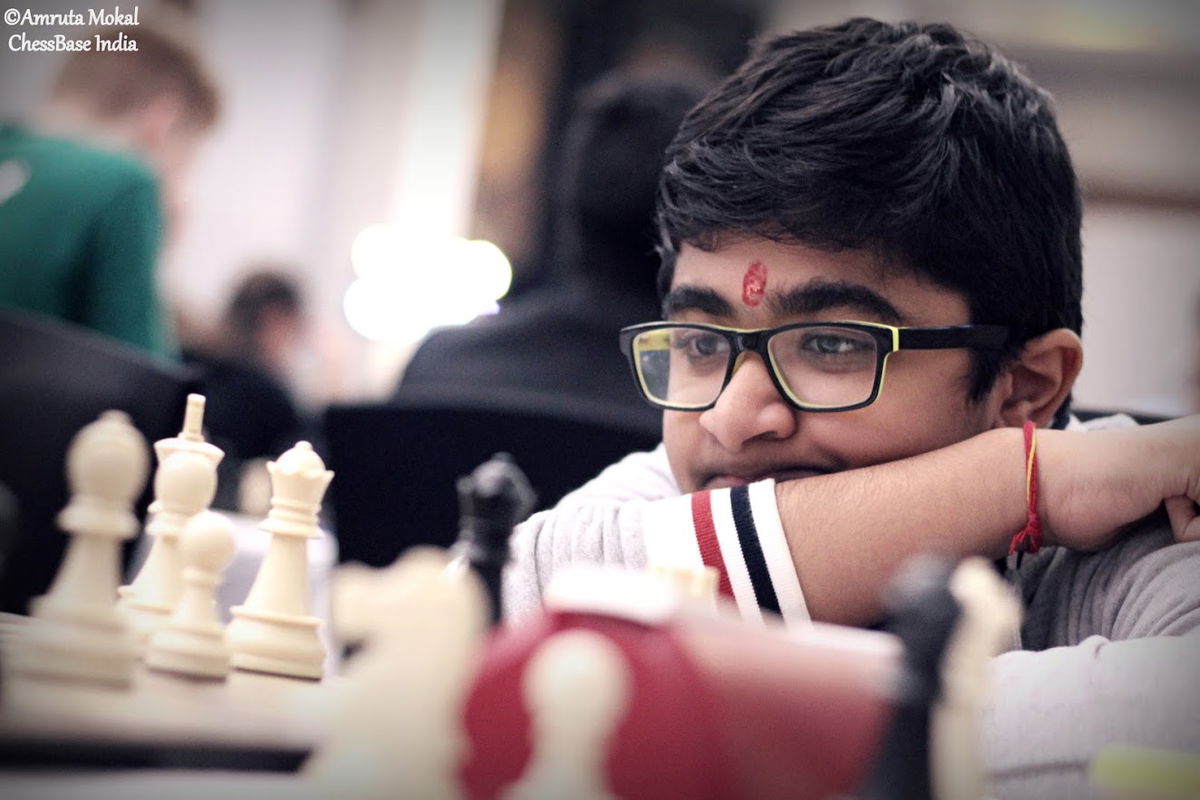
13-year-old Aditya Mittal is an International Master from Mumbai, Maharashtra. He is a former National under-7, Asian Youth Gold, Silver and Bronze medal winner. Read Aditya's inspiring story of becoming an IM at the age of 12.















